The respiratory illness pandemic in which the maker community now finds itself has initiated a wide range of projects aimed at the problem of infection control. There are projects for making Personal Protective Equipment, ventilators, track and tracing, fever detection, hand washing timers, etc. But looking over the Centers for Disease Control guidance on infection control, there seems to be a gap in coverage -- projects to stop people touching their face. There are only a handful of projects using wrist accelerometers, Bluetooth signal strength, and ultrasound earbuds -- these were researched by MIT Media Lab's project, Saving Face. There was also one famous failure that involved magnets being placed in the nose which unfortunately landed the inventor in hospital to have them removed.
My parts bin lacks the more advanced sensors that MIT Media Lab used, so this project is restricted to the cheap ultrasound sensors and an Arduino Nano that were left over from an autonomous robot project. It will also avoid having to place magnets anywhere on or near the face.
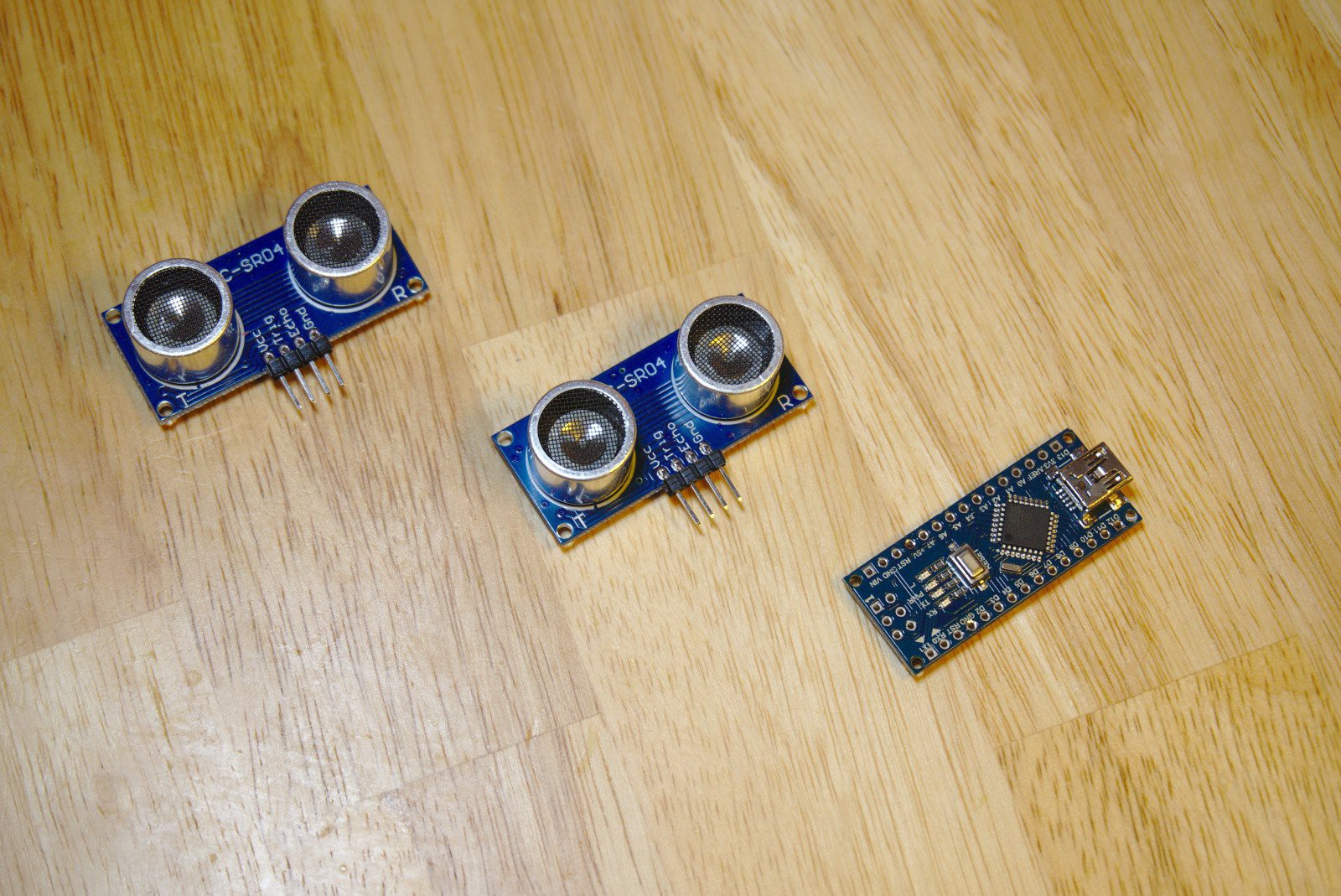
The prototype device I made is intended to be worn on the neck with the ultrasound sensors sweeping out an area just below the face. If the wearer's hand is detected approaching his/her face, the Arduino Nano issues a beep via a piezo speaker while flashing warning lights.
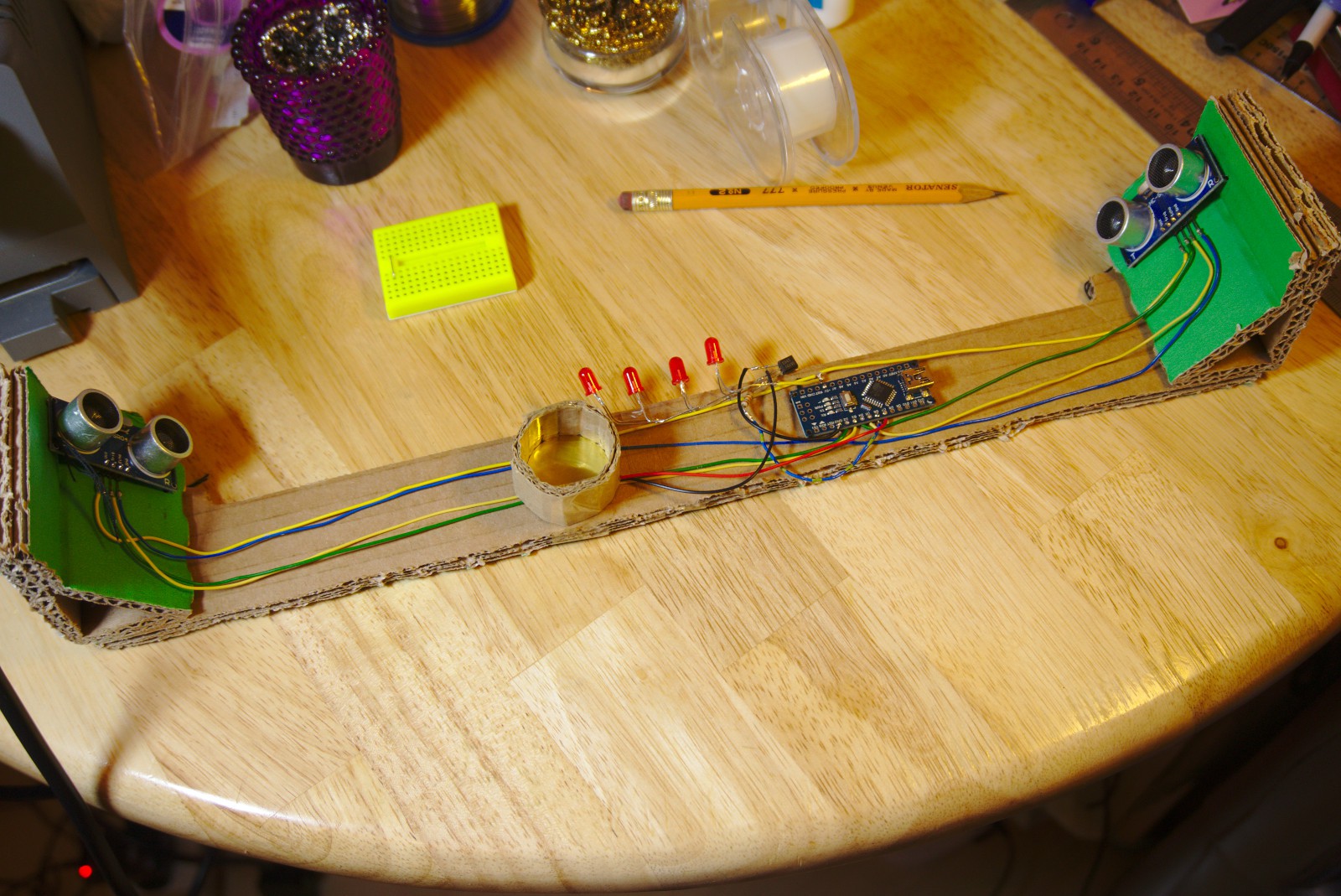
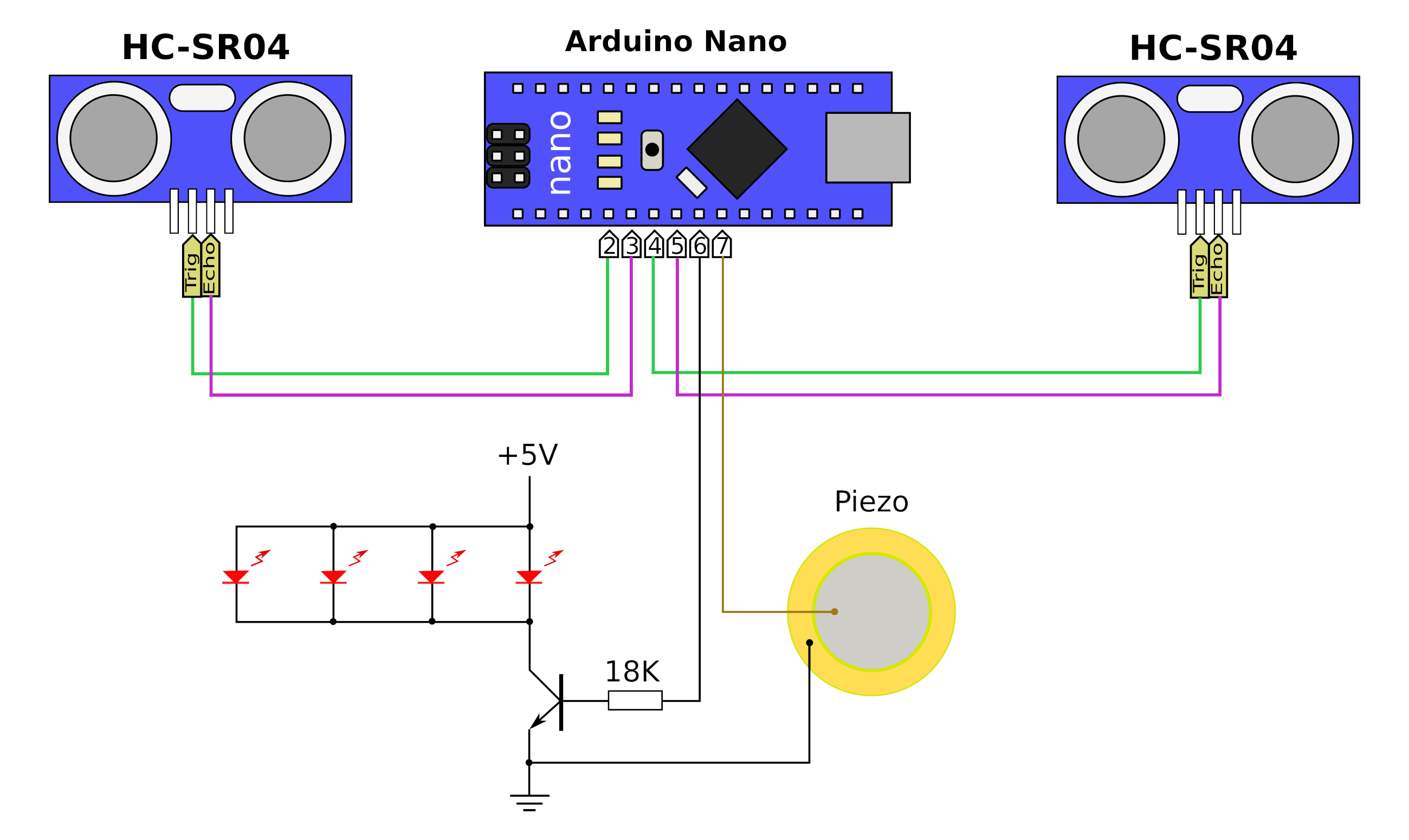
 bornach
bornach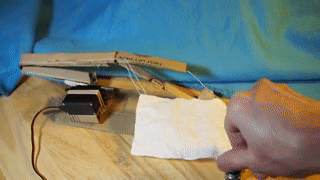
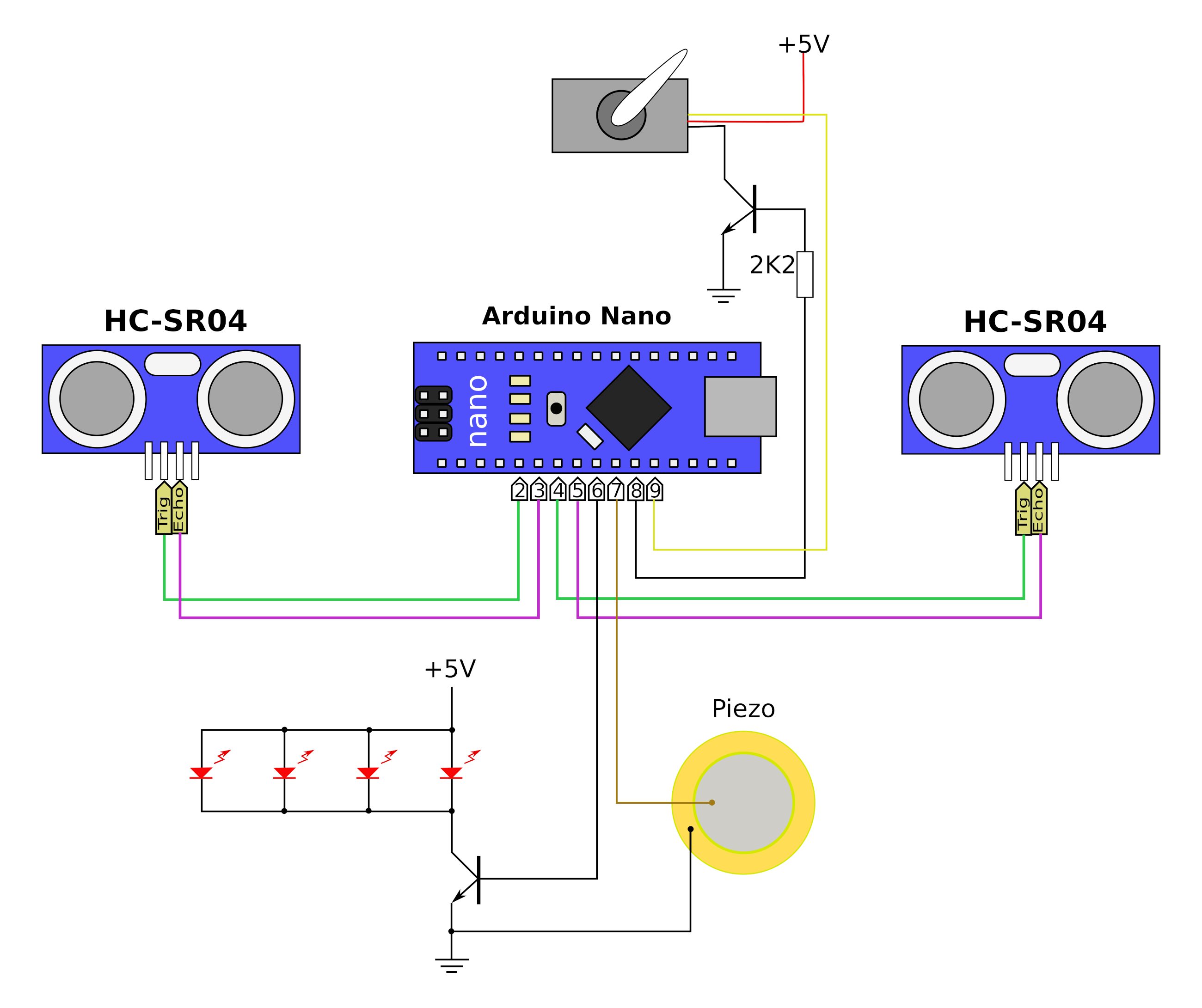
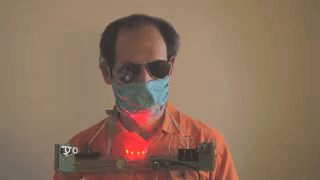
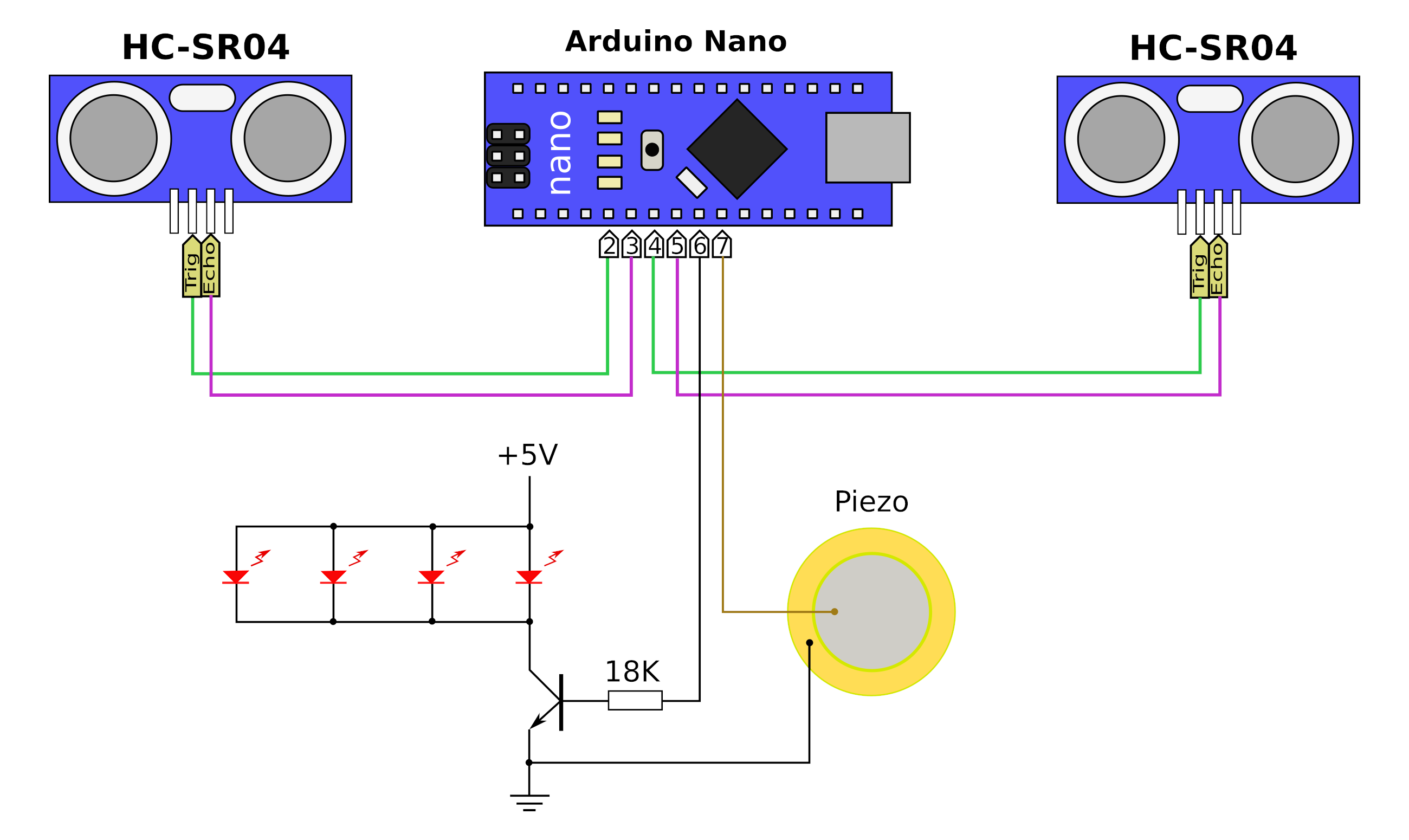

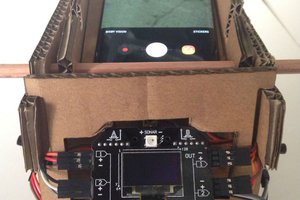
 TokyLabs
TokyLabs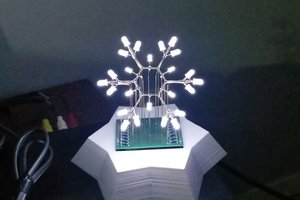
 Tyler Johnson
Tyler Johnson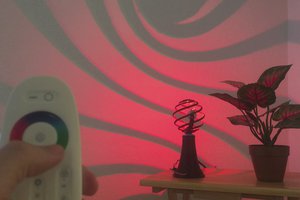
 marciot
marciot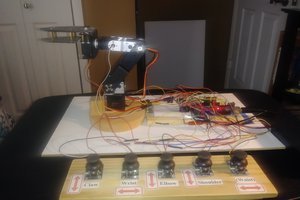
 G. Rosa
G. Rosa
Heh - like the Cone of Shame for humans.